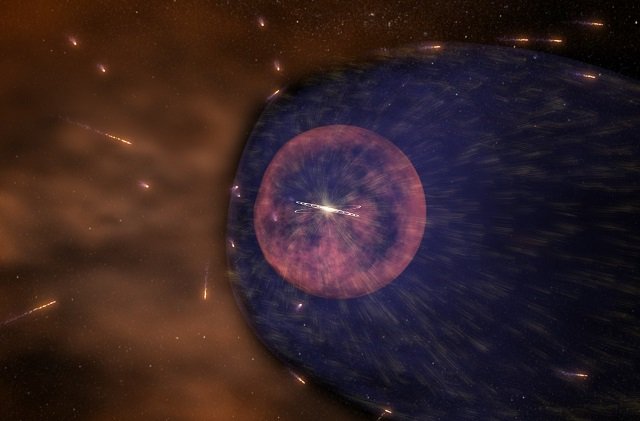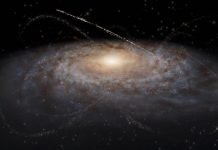
Cosmic rays are high-energy charged particles that originate in outer space. They travel at nearly the speed of light and strike the Earth from all directions.
Ultra-high energy cosmic rays (UHECRs) are cosmic rays with energy above 1018 eV (electronvolt). Currently, their source and acceleration are still puzzles to astrophysicists.
UHECRs produce heavy air showers (i.e. showers of particles) when they reach the Earth’s atmosphere. Therefore, detecting air showers can help identify the cosmic rays.
Several methods have been used to identify the cosmic rays. For example, people can examine the particle flux (i.e. the rate of transfer of particles) on the ground or the audio signatures.
One challenge is that the flux of particles drops dramatically when energy is above 1018 eV (electronvolt). To observe a sufficient number of air showers, scientists need to build a ground detector array in a very large area.
In a study recently published in Astroparticle Physics, researchers propose a novel way to solve the problem – using smartphone networks to observe UHECRs.
The element in a smartphone sensitive to UHECRs is the camera. These devices are designed to have reasonable quantum efficiency for visible light. They can detect high-energy photons (i.e. particles that transmit light) and muons (i.e. the decay of particles).
Besides the camera, a smartphone needs an app to collect data. The app can trigger data collection and capture video frames at 15 – 30 Hz, depending on the frame speed of the device.
Pixels above the trigger threshold are stored and later uploaded to a central server via Wi-Fi. Based on the information, scientists can reconstruct air showers.
Researchers tested the UHECR search on several smartphones. They found that Samsung Galaxy, Android smartphones and iPhones could search for UHECRs equally well.
Researchers suggest that when the app is on, the phone should be inactive and external power source should be available.
In addition, no additional light shielding of the camera is needed, and the app operation is quite simple.
A network of more than 1 million smartphones to search for UHECR is very powerful. We will be able to observe UHECRs with energy above 1020 eV. In addition, we can monitor local radiation levels.
Future work will focus on how to build such a worldwide network of smartphones effectively.
Copyright © 2018 Knowridge Science Report. All rights reserved.




